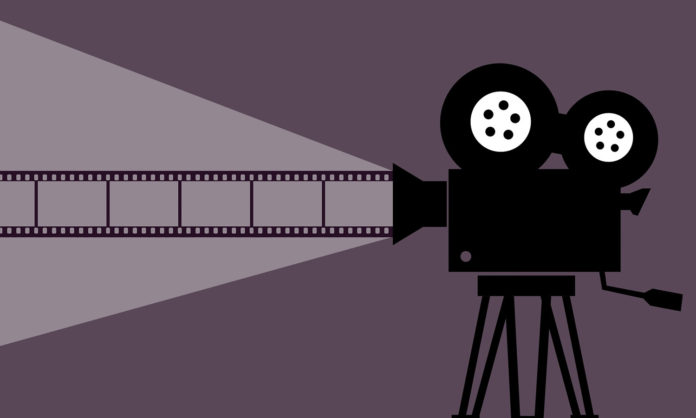
The most obnoxious, yet necessary, writing advice is the axiom of “show, don’t tell.” Necessary, because too much “telling” flattens your story. There’s little dramatic tension and nothing for your reader to discover, because you’ve told them what to see and feel. Obnoxious, because it’s hard to help a new writer avoid telling until they’ve done it. It’s a mistake you have to make before you can recognize and eliminate it.
In a new blog post, C.S. Lakin suggests a way to make this advice a bit less vague and more fun to implement. The key is pointing your readers to the details you want them to notice and remember.
Many writers take the opposite approach. Instead of saying “Jane was terrified,” they’ll set up a scene in which Jane is confronted by something frightening, to which she reacts. “But that’s often like using a shotgun approach,” Lakin says. “You aim at a target from a hundred yards away with a shotgun and hope a few buckshot pellets actually hit the bull’s eye.”
Instead, she advises that we get specific. “If you are specific in how you set up your scenes, you can direct your readers to pay attention to the exact details you want them to, and you can lead them to feel what you want them to feel,” she writes.
Lakin advises you take a visual approach. If you want, watch a movie or tv show and write down the shots – the camera angles – in each scene: establishing shot, close-up, long shot, etc. You might notice a brief scene has a dozen shots. A fast-paced action sequence might have many more, each lasting a second or two. A quieter scene will have fewer.
“The purpose in all this is to make the viewer pay attention to specific things,” Lakin explains. “With a close-up, you as viewer are forced to see small details you would have missed if the camera had been positioned two blocks away. With a long, wide shot, you can see a huge explosion destroy all of downtown Dallas.”
Lakin advises that you study a few good TV shows or movies to get a feel for how filmmakers focus their audience on the important details. When you get back to your work in progress, consider each scene and determine what important details you want to bring to your readers’ attention. Do you need an establishing shot to reveal something about your setting? Or a close-up of a detail of a character’s clothing or emotions?











